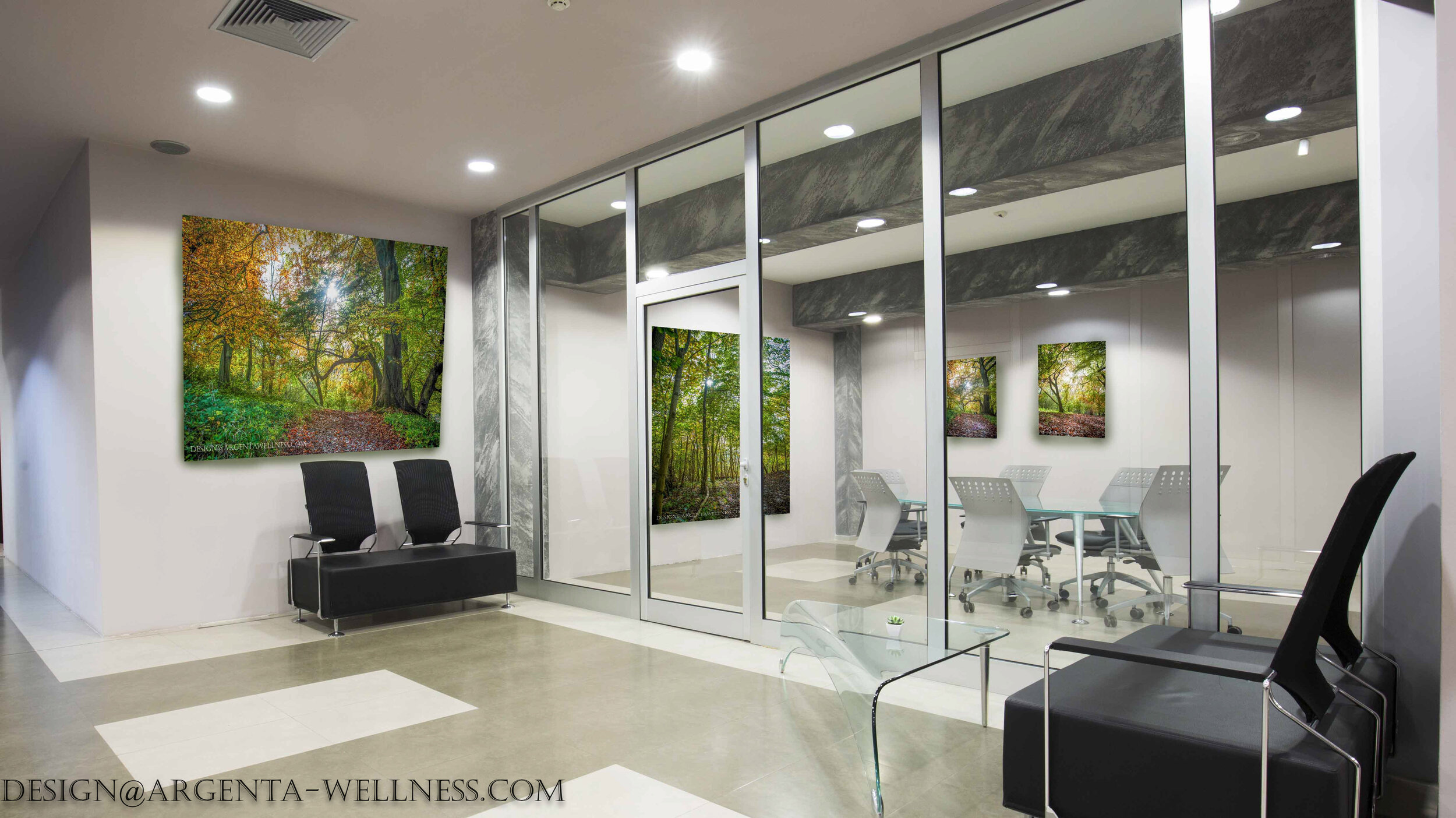The benefits of biophilia are increasingly being accepted by workplace designers and managers as not only adding to the visual attractiveness of a workspace, but also by enhancing the wellbeing and happiness of its staff and visitors. We all know that this in turn results in increased productivity, creativity, attendance rates, stress levels and fatigue, and ultimately increased workplace performance.
The need for evidence
To the initiated among us, as Bill Browning of Terrapin Bright Green confirms, this is "intuitively obvious" – how could it not be so? But even though we instinctively understand the benefits of designing-in features of nature, clients all too often require scientific evidence to get buy-in from managers and finance directors. Sadly there is currently a lack of research evidence to support the hugely beneficial effects of biophilic design that we all know exist.
Bill Browning’s reasoning for this is that “the evolution of design thinking moves faster than the process of scientific reporting”. But the workplace community is very used to conducting Post Occupancy Evaluation studies, which would be a perfect tool for demonstrating the power of biophilia. However very few studies have been undertaken following the introduction of biophilic design elements.
One project to watch in the UK is BRE’s Biophilic Office Project. Currently in full swing, the project is monitoring a group of staff in a 1980s office building which has been segmented and each area refurbished with differing types of nature inspired design. The difference zones created in the building are outlined in this presentation from Oliver Heath and Ed Suttie at Workplace Trends London in October this year. The programme is nearing completion and we anticipate the resulting beneficial evidence should be available in 2020.
Many supportive case studies do exist however, all of which demonstrate successful implementations, but what is still lacking is a distinct set of statistics to support biophilic elements and currently much reporting tends to be subjective rather than objective. So at a project start it’s worth bearing in mind the benefits of conducting some before-and-after evaluation of the workspace, not least for demonstrating cost efficiencies for future clients.
Blurred edges
Much like learning environments, many workplaces are evolving into hybrid environments, supporting different activities.
I’m particularly thinking here of new housing developments described by Andrew Laing at our New York Workplace Trends conference in 2018. His presentation, Workplaces, Technology and the City: Re-shaping the workplace, cited apartment blocks that are being designed to incorporate co-working spaces, negating the need for travel to work, whilst still separating the home / work environment and encouraging interaction and collaboration with others.
There are other examples of hybrid spaces, but whatever the exact building context, designing with nature in mind is a perfect way to create the fashionably-described fuzzy edges of a workplace.
Available for every budget
One failing of the workplace community is sometimes to concentrate only on the planting element of biophilic design.
Designers and consultants could be forgiven as it’s one of the easiest and most cost-effective natural element to include. However often forgotten in a quick-fix environment are other features like natural light, access to windows, natural colours, textures and patterns, plus overall landscaping like the need for refuge - think quiet zones, acoustic pods etc.
But the great benefit of a biophilic fit-out is the enormous opportunity for flexibility in budget that can be offered to clients, from quickly enhancing a tired and out of date office, to creating a multi-million purpose-built work environment like Apple Park.
The possibilities are boundless for biophilic design in the workplace. So my parting thoughts are - don’t let it just be about the plants and let’s make nature in the workplace a demonstrable benefit with some glowing facts and figures!
Maggie Procopi is a co-founder of Workplace Trends, a series of pitch-free and sociable conferences examining upcoming trends in the design and management of workplaces.
